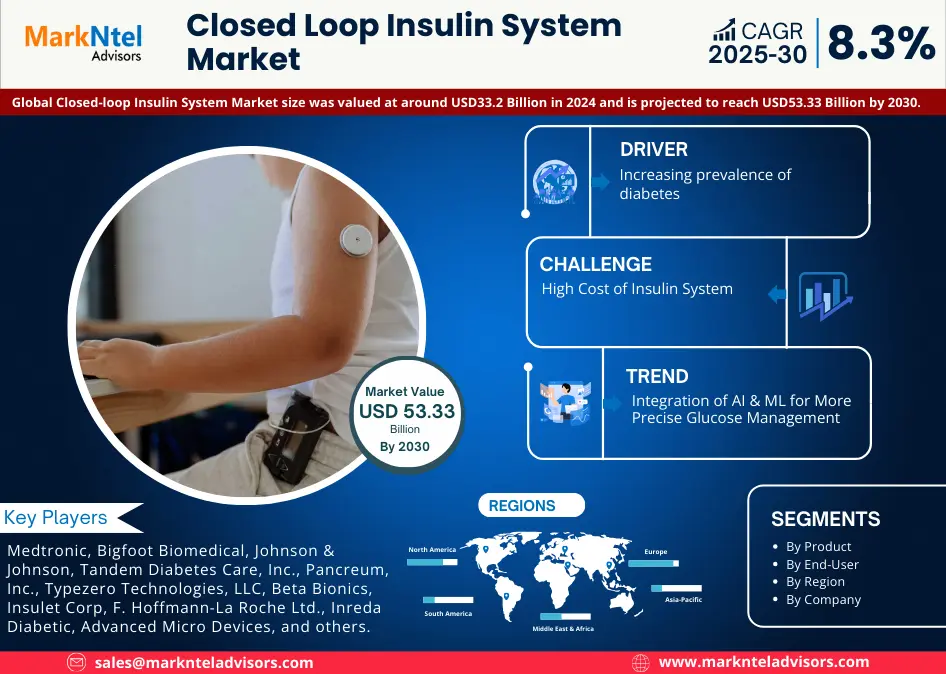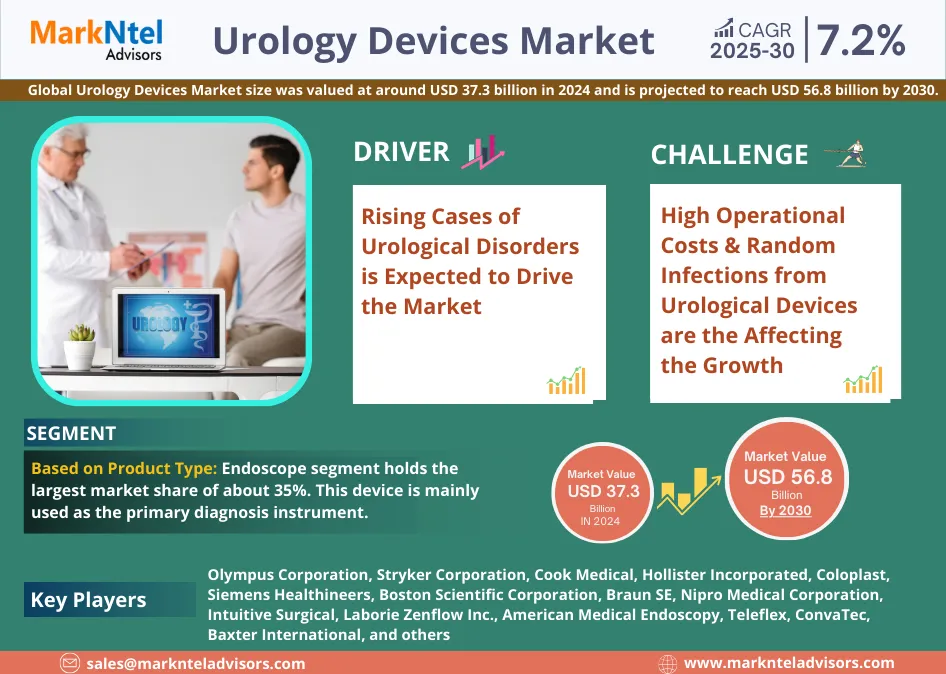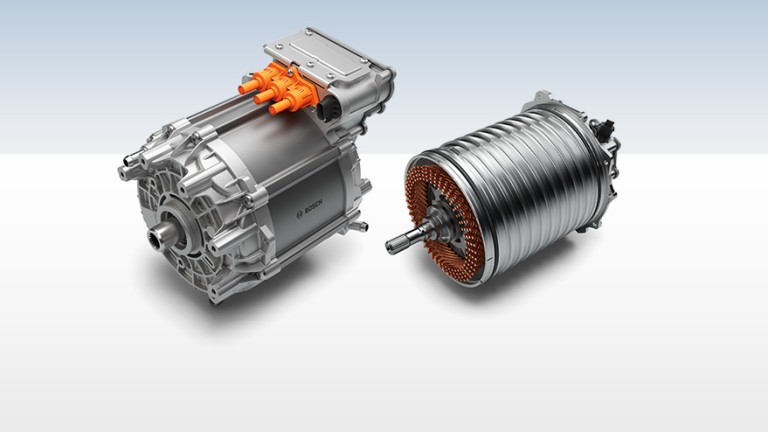ISO 13485 Certification: A Complete Guide for Medical Device Quality Management
In the dynamic and highly regulated medical industry, maintaining the highest levels of quality and safety is non-negotiable. ISO 13485 Certification is a globally recognized standard that plays a critical role in ensuring the quality and effectiveness of medical devices. Whether you’re a manufacturer, supplier, or service provider in the medical device industry, aligning your processes with ISO 13485 can be a game-changer.
In this comprehensive guide, we’ll walk you through everything you need to know about ISO 13485 Certification, its benefits, requirements, implementation process, and how you can get certified with the support of SIS Certifications—your trusted partner in global compliance.
What is ISO 13485 Certification?
ISO 13485:2016 is the international standard that specifies requirements for a quality management system (QMS) for organizations involved in the lifecycle of medical devices, including design, production, installation, and servicing.
The certification is applicable to manufacturers and suppliers of medical devices and related services. It emphasizes risk management, regulatory compliance, and continuous improvement—ensuring that medical devices are consistently designed and produced to meet customer and regulatory requirements.
Why is ISO 13485 Certification Important?
Medical devices directly impact patient health and safety. Any flaw in design, production, or maintenance can lead to catastrophic consequences. ISO 13485 Certification helps organizations:
-
Ensure regulatory compliance with global standards.
-
Demonstrate commitment to quality and safety.
-
Enhance product reliability and performance.
-
Build trust with stakeholders—customers, healthcare providers, and regulators.
-
Gain access to global markets with a recognized quality assurance framework.
Key Benefits of ISO 13485 Certification
Implementing and achieving ISO 13485 Certification offers several strategic advantages:
1. Global Market Access
Many countries require ISO 13485 Certification as a prerequisite for selling medical devices. It facilitates compliance with regulations in regions like the European Union (EU MDR), Canada (CMDCAS), and others.
2. Improved Risk Management
The standard encourages a proactive approach to identifying and mitigating risks throughout the product lifecycle, minimizing defects, recalls, and liabilities.
3. Customer Confidence
Certification serves as a badge of quality, reassuring customers that your products meet high standards of safety and efficacy.
4. Operational Efficiency
By standardizing processes and encouraging continual improvement, ISO 13485 helps reduce waste, lower costs, and improve overall performance.
5. Regulatory Alignment
The standard aligns with other regulatory frameworks, simplifying the process of meeting compliance obligations across different jurisdictions.
Who Should Obtain ISO 13485 Certification?
ISO 13485 is applicable to a wide range of organizations involved in medical devices, including:
-
Manufacturers of medical devices and in-vitro diagnostics (IVDs)
-
Contract manufacturers and suppliers
-
Importers and distributors
-
Service providers (maintenance, installation)
-
Sterilization services
-
Software developers for medical applications
Whether you’re a startup or an established enterprise, ISO 13485 can scale with your organization’s needs.
Key Requirements of ISO 13485
The ISO 13485 standard is structured similarly to ISO 9001 but includes specific requirements for medical devices. Some critical areas include:
1. Quality Management System (QMS)
Organizations must establish a documented QMS tailored to the medical device industry, including quality objectives, policies, and procedures.
2. Risk Management
A risk-based approach is mandatory throughout the product lifecycle—from design to post-market surveillance.
3. Design and Development Controls
Robust controls for planning, input, output, verification, validation, and changes in product design.
4. Supplier Management
Evaluation, selection, and monitoring of suppliers to ensure consistent quality in procured components and services.
5. Product Realization
Controlled processes for production and service provision, ensuring compliance with specifications.
6. Corrective and Preventive Actions (CAPA)
Systems must be in place to detect and correct nonconformities and prevent recurrence.
7. Documentation and Record Control
Meticulous documentation, recordkeeping, and traceability are required to demonstrate compliance and product history.
Steps to Achieve ISO 13485 Certification
Implementing ISO 13485 might seem daunting, but with the right guidance, it’s a manageable and highly rewarding process. Here’s how to get started:
Step 1: Gap Analysis
Identify gaps between your current systems and ISO 13485 requirements. This helps prioritize areas that need improvement.
Step 2: Develop a QMS
Design and implement a Quality Management System that aligns with ISO 13485. Define quality policies, procedures, and documentation.
Step 3: Training and Awareness
Educate your team about the standard’s requirements, processes, and their roles in compliance.
Step 4: Internal Audit
Conduct internal audits to evaluate system performance and identify areas for improvement.
Step 5: Management Review
Top management should review the QMS performance and make decisions for continual improvement.
Step 6: Select a Certification Body
Partner with a recognized certification body like SIS Certifications for an impartial and professional audit process.
Step 7: Certification Audit
The external audit is conducted in two stages—Stage 1 (documentation review) and Stage 2 (implementation audit). Upon successful audit, certification is awarded.
Why Choose SIS Certifications for ISO 13485 Certification?
At SIS Certifications, we bring years of expertise in auditing and certifying quality management systems in the medical device industry. Our comprehensive and customer-centric approach ensures smooth certification, minimal disruption, and long-term value.
Here’s what makes us stand out:
-
✅ Globally recognized accreditation
-
✅ Expert auditors with industry experience
-
✅ Transparent and cost-effective process
-
✅ Supportive guidance throughout the journey
-
✅ Quick turnaround with hassle-free documentation
We’ve helped thousands of companies across the globe achieve their certification goals and strengthen their brand credibility.
📞 Contact us today at +91 8882213680 or 📧 support@siscertifications.com to start your ISO 13485 Certification journey!
While both are quality management standards, ISO 13485 is more specific to the medical device industry. Key differences include:
| Feature | ISO 9001 | ISO 13485 |
|---|---|---|
| Industry | General | Medical Devices |
| Risk Management | Suggested | Mandatory |
| Regulatory Focus | Limited | High |
| Design Control | General | Detailed Requirements |
| Documentation | Flexible | Prescriptive |
If you’re in the medical field, ISO 13485 Certification offers more tailored and stringent quality controls.
Conclusion
ISO 13485 Certification is more than a regulatory requirement—it’s a strategic investment in quality, safety, and global competitiveness. By implementing this internationally recognized standard, your organization can deliver reliable medical devices, meet compliance expectations, and foster customer trust.
The path to certification doesn’t have to be complex. With the right partner like SIS Certifications, you can navigate the process confidently and efficiently.
✅ Ready to take the next step?
📞 Call us now at +91 8882213680
📧 Email: support@siscertifications.com
🌐 Visit us at www.siscertifications.com










